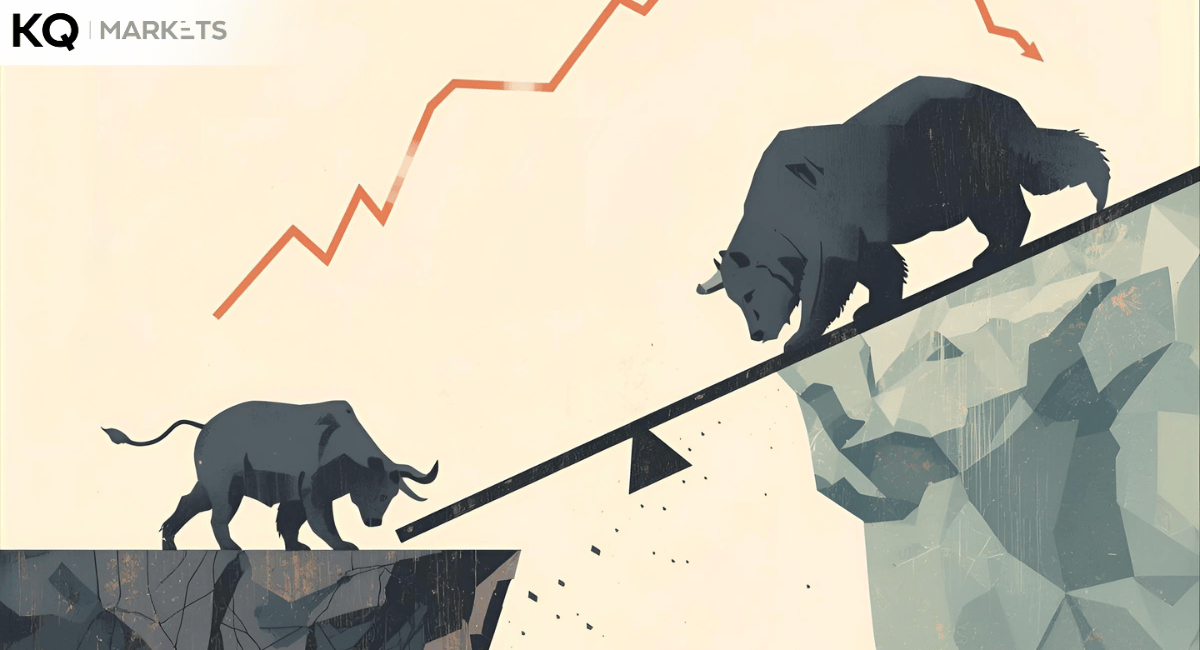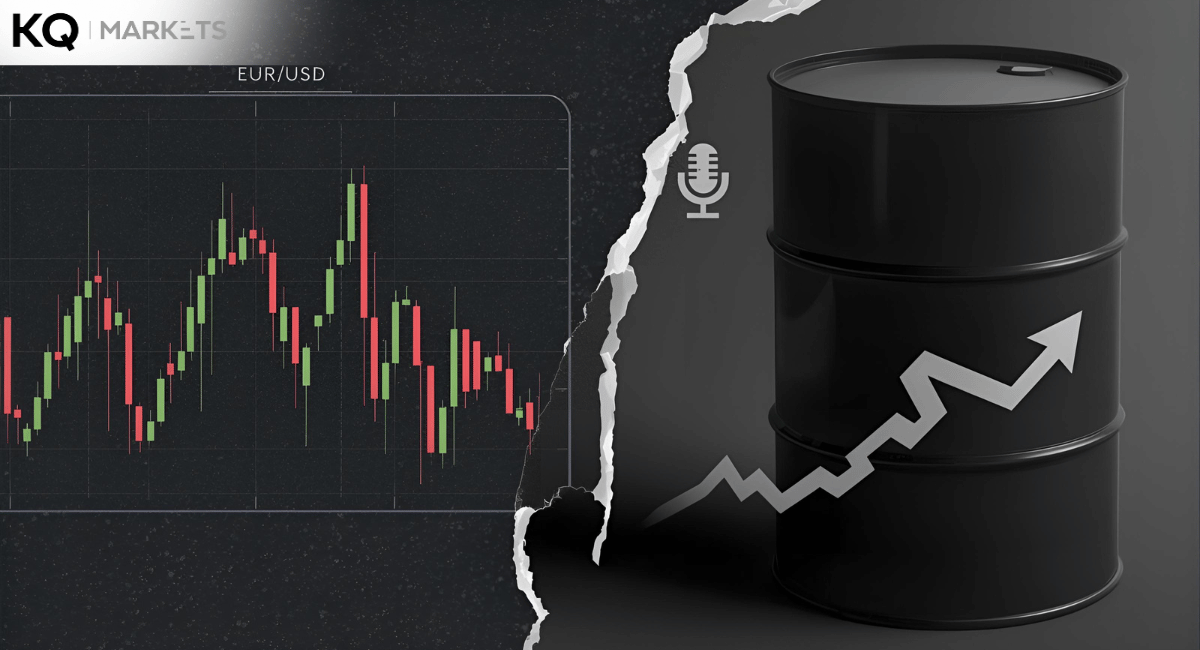Markets recorded stock slides resulting from the recent bond market turmoil. The bond and stock market decline comes amid global financial challenges, sending shockwaves throughout bond and equity markets. The stock slide bond sell-off reflects a weak treasury fueling sentiments over the global economic outlook.
Stock Slide Bond Sell-Off Overview
Overall, the US closed several sales that raised the treasury auction performance to its highest level. This trend excluded the 44 billion 7-year notes auction, following weak 2-5-year auctions. Meanwhile, the stock slide bond sell-off pushed the benchmark 10-year treasury yield to its highest level in May, rising by 4.64%.
Major stock indices like the Nasdaq Composite and the S&P 500 recorded significant declines. On the other hand, European bonds and stocks recorded notable losses across Germany's DAX, France's Cac 40, and London's FTSE 100. The bond and stock market decline resulted from uncertainties over interest rates and economic stability.
Factors that Led to the Stock Slide Bond Sell-Off
Experts say the bond and stock market decline resulted from contrasting economic indicators such as the hawkish Federal Reserve official remarks and robust consumer confidence data. This section uncovers how market data, interest rate predictions, and weak treasury auctions contributed to the stock slide bond sell-off.
- Market Data
The decline in US Treasury auctions, including the $44 billion 7-year note auction, contributed to rising Treasury yields, which peaked in May. In other words, the hawkish Federal Reserve officials' comments and contrasting economic signals intensified investor uncertainties, leading to declines in major indices.
- Interest Rates
Treasury yields rose to their highest level in May, increasing investor sentiments about the impact on economic growth prospects, bond vs. stock investments, and borrowing costs. Mixed signals from Federal Reserve officials' remarks regarding interest rate cuts resulted in uncertainty over risk tolerance in capital markets.
- Weak Treasury Auctions
Weak treasury auctions contributed to the stock slide bond sell-off by redirecting capital flows from risk assets and driving up borrowing costs. Overall, these auctions exerted upward pressure on yields and downward pressure on bond prices.

In simple terms, weak auctions signal minimal investor appetite for government debt securities, resulting in higher stock and bond yields due to higher interest rates.
Stock Slide Bond Sell-Off Aftermath
The stock slide bond sell-off has resulted in market turbulence due to several complex factors. This section uncovers how the bond and stock market decline has resulted in market volatility and economic uncertainty. Besides, it provides investors insights into navigating volatile stock and bond prices.
- Economic Uncertainty
In any case, the stock slide bond sell-off has resulted in economic uncertainty over investment returns and borrowing costs. Contrasting Federal Reserve officials' remarks and mixed data signals have intensified the uncertainty, impeding overall economic growth, business investment, and consumer spending.
- Market Volatility
The heightened economic growth uncertainty has resulted in pronounced asset price fluctuations. Yet, the US Treasury auction performance intensified volatility since investors reacted to fluctuating economic conditions and interest rate expectations. High volatility reflects investors' unease about participating in the markets.
Wrapping Up!
Investors are now monitoring the ongoing economic uncertainty and market volatility to leverage the stock slide bond sell-off. Above all, key indicators include the Federal Reserve official's remarks, economic data releases, and US treasury securities.





